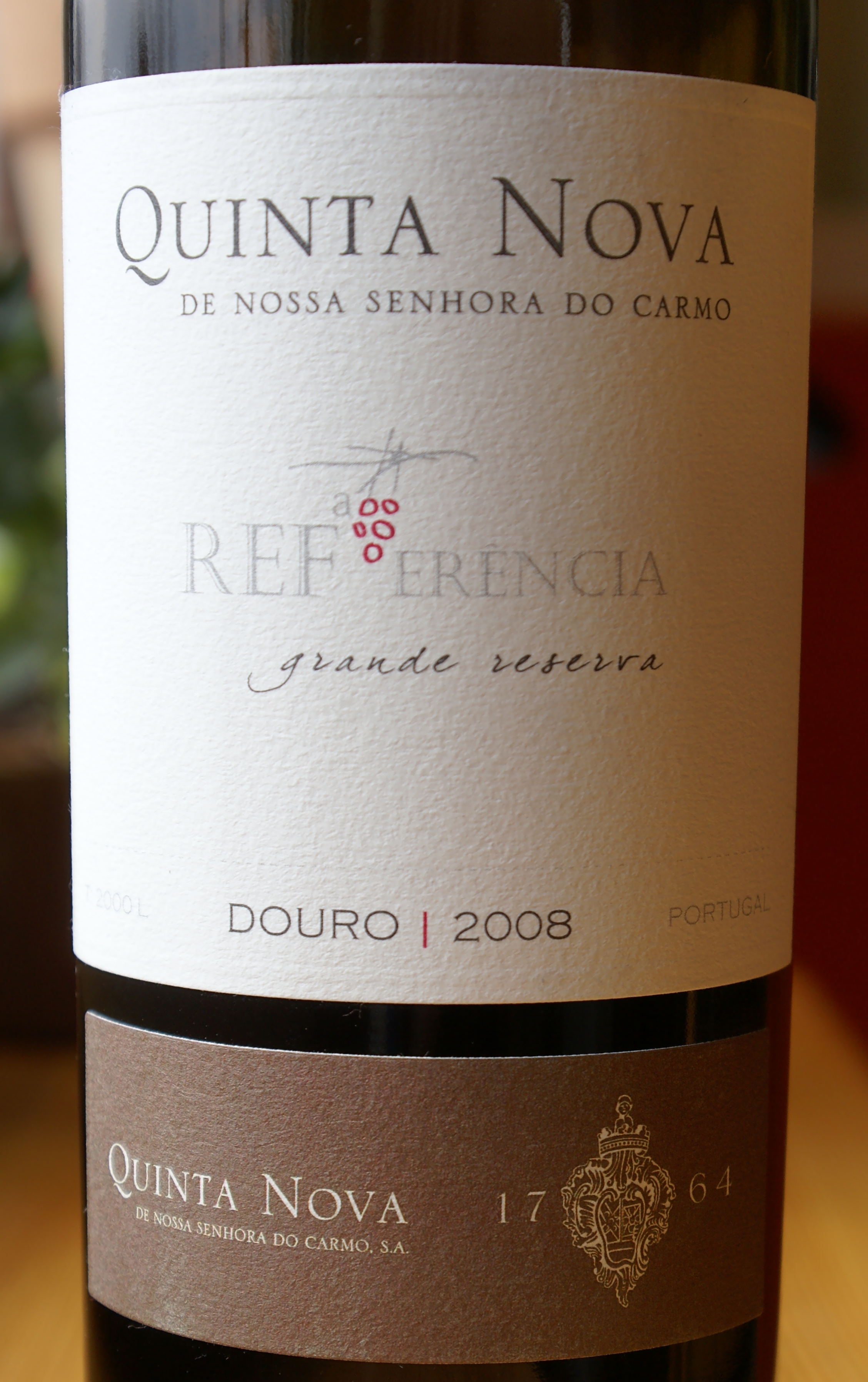Quinta Nova Referência 2008
Posted on 7 April 2011
I’m off to the Douro Valley in Portugal later today for a vineyard tour that’s promising to very exciting. Other than being home to some fantastic dry red wines as well as port wines (which I’ll be covering extensively, focusing on tawny ports and colheitas), the Douro is also a fantastic place to visit. Its breathtaking scenery and unadulterated nature make it a true paradise.

Quinta Nova: unforgettable scenery
In order to whet my appetite for this trip, I’ve opened the Quinta Nova Referência 2008, a sample I’ve been sent by this dynamic new winery. Founded in mid-18th century, it was long owned by Burmester, a leading port brand, before being bought out in 2005 by Amorim, the world’s biggest manufacturer of natural corks. Luisa Amorim is the winemaker now. Quinta Nova da Nossa Senhora do Carmo (the Portuguese have a soft spot for long, complex names of everything) is one of the most outstandingly situated estates I’ve ever seen (the photo above is from a morning walk in its vineyards when I visited there in 2006), with splendid views of the Douro river and its tributary valleys.
I’ve followed these wines since 2006 and I’m impressed with how they’re improving. The basic Três Pomares range in white, red and rosé (the latter especially interesting) provides good everyday drinking while the flagship Douro red is an impressive showcase for the region’s rich but balanced and supremely drinkable style. Up the ladder, some bottling here are very concentrated and on the verge with controversy with 15% alcohol, but always with excellent fruit and good natural balance.
The wine I’m tasting now, the 2008 Douro Grande Reserva Referência, follows the same route with more intensity. Its 15% are really well-integrated, and for such a big, rich, brooding, almost oily wine, the freshness is almost incredible. There’s a sense of juiciness and ripe, but not overripe, cherry fruit. I still feel a touch ambiguous about it: it tastes of fruit purée and is so phenolically ripe it ends on a bitterish note. But contrarily to many modern wines made from overripe fruit, it behaves well once poured into the glass, and resists oxidation even on the next day. This wine shows the difference between a superripe wannabe wine such as those I described from Hungary and a wine where the 15% alc. and ripe fruit flavours are within the natural balance of the vine. I’m looking forward to enjoying more such wines in the Douro from tomorrow on.
Disclosure
Source of wine: tasting sample received from the producer.



